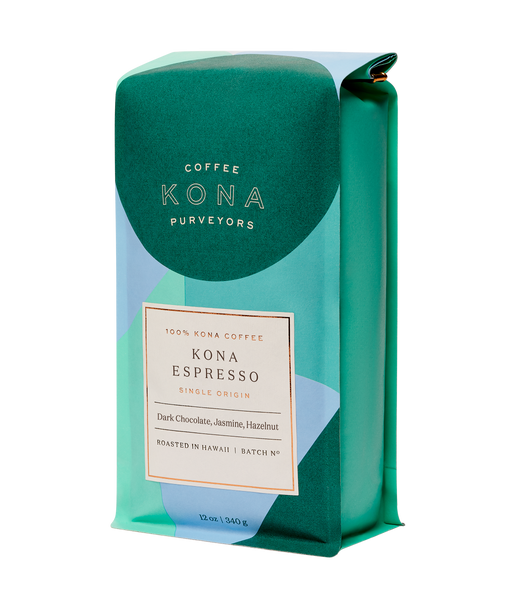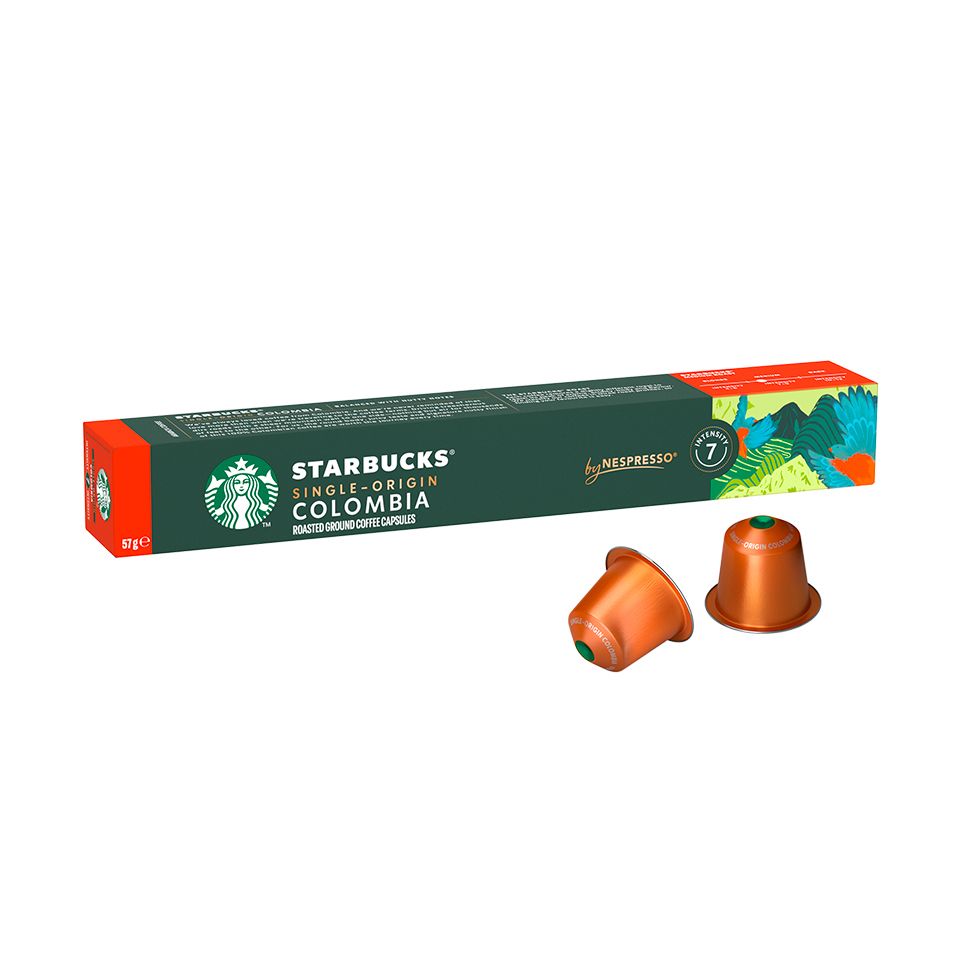Discovering the Origins Behind Top-Tier SOE Single Origin Espresso
Discovering the Origins Behind Top-Tier SOE Single Origin Espresso
Blog Article
Exploring the Rich Flavors of Coffee Beans: a Deep Dive Into Espresso and Blended Coffee Beans
When you check out the abundant flavors of coffee beans, you uncover a complicated world where each range brings its very own personality to your mug. Recognizing the origins, processing approaches, and roasting methods can change your coffee experience. As you navigate through the art of coffee and the creativity behind mixed coffees, you'll begin to value the nuances that make each sip distinct. What you'll uncover following could change the way you enjoy your early morning mixture.
The Origins of Coffee Beans: Discovering Terroir and Flavor Profiles
When you take a sip of coffee, you're not simply appreciating a drink; you're experiencing an abundant tapestry of flavors formed by the beans' beginnings. Each region generates distinct taste accounts influenced by dirt, climate, and elevation. For instance, beans from Ethiopia commonly rupture with bright, fruity notes, while those from Colombia often tend to provide a balanced, nutty sweet taste.
As you discover different beginnings, you'll discover just how terroir-- the environmental factors influencing a plant-- plays a crucial duty - Single Origin Espresso. The exact same coffee selection can taste dramatically various depending upon where it's grown
When you consider these factors, you start to value the complexity behind your cup. Each sip narrates of the land and the farmers who supported the beans. Next time you indulge, think regarding the journey your coffee took before it reached your hands, and savor those intricate tastes that show its origin.
Understanding Espresso: The Art and Science Behind the Mixture
When you consider coffee, it's not simply about the strong taste; it's additionally concerning the methods that bring it to life. Recognizing exactly how different prep work approaches influence preference can change your brewing experience. Let's check out the complexities of coffee prep work and discover the special taste profiles that make each cup unique.
Espresso Preparation Strategies
Coffee preparation is both a scientific research and an art, incorporating exact methods with a deep understanding of coffee. To start, you'll desire to select high-grade, newly roasted beans and grind them finely for ideal removal (Single Origin Espresso). The grind size is vital; too coarse, and your espresso will be weak, too fine, and it'll be bitter
The outcome needs to be a rich, velvety espresso with a beautiful layer of crema on top. With practice, you'll understand these strategies.
Flavor Accounts Discussed
The world of espresso supplies an abundant tapestry of flavor profiles that can raise your coffee experience. Light roasts commonly display brilliant level of acidity and vibrant tastes, while dark roasts present deeper, bolder tones.
Recognizing these accounts aids you pick the appropriate coffee for your palate. Experimenting with different blends can reveal shocking mixes. A well-crafted blend might harmonize the bright notes of an Ethiopian bean with the rich, chocolatey undertones of a Brazilian bean. Embrace the journey of uncovering espresso's diverse flavors, and you'll transform your coffee ritual into an amazing journey.
Processing Techniques: How They Influence Flavor and Aroma
While it might seem that the beginning of coffee beans is one of the most significant consider determining their flavor and fragrance, the handling approaches made use of post-harvest play a just as important function. You'll find that these techniques can considerably change the last preference account of your cup.
As an example, the washed process eliminates the fruit from the beans before fermentation, frequently resulting in a cleaner, brighter flavor. At the same time, the natural procedure leaves the fruit undamaged throughout drying out, resulting in a sweeter, fruitier profile.
Other approaches, like honey handling, strike an equilibrium, permitting some fruit mucilage to stay, offering a special complexity.
Each handling technique connects with the beans' intrinsic qualities, boosting or silencing certain tastes and scents. So, when you drink that espresso or blended coffee, bear in mind that the journey from cherry to cup is affected not just like this by beginning but additionally by exactly how those beans were refined.
Toasting Techniques: Unlocking the Full Possible of Coffee Beans
Roasting techniques are vital for disclosing the full potential of coffee beans, as they transform raw, environment-friendly beans into the aromatic, tasty coffee you take pleasure in. The selection of roasting method-- light, medium, or dark-- dramatically influences flavor accounts. Light roasts maintain the beans' natural level of acidity and fruity notes, while medium roasts equilibrium sweetness and splendor. Dark roasts, on the various other hand, highlight bold, great smoky flavors.
A slower roast at reduced temperature levels permits for intricate tastes to develop, while a quicker roast can increase bitterness. By mastering these techniques, you'll reveal a world of flavor, elevating your coffee experience to brand-new elevations.
The Magic of Blended Coffee: Producing Special Flavor Experiences
Producing a special flavor experience with blended coffee can transform your early morning ritual right into an expedition of taste. By integrating different beans from numerous regions, you can disclose a harmony of tastes that boost your cup to new elevations. Each blend deals a distinctive account, stabilizing sweetness, body, and acidity to develop something genuinely unique.
When you select a mix, you're not simply picking a coffee; you're choosing a trip throughout diverse landscapes and societies. Try out different mixes allows you to find your individual favorites, whether you take pleasure in fruity notes or rich, chocolatey undertones.

Tasting Notes: Identifying the Nuances in Your Mug
As you sip your coffee, you could discover a range of flavors dancing on your taste, each exposing the complexities of the beans. You might taste the brilliant level of acidity reminiscent of citrus or the deep, abundant notes akin to dark chocolate. The sweet taste could evoke honey or sugar, stabilizing the overall account wonderfully.
Focus on the body of the coffee-- does it really feel light and ventilated, or is it complete and luscious? The finish, as well, supplies hints; a sticking around aftertaste might mean nuttiness or floral touches.

Do not forget to explore the distinct qualities of different beginnings, as each region gives distinctive tastes - Single Origin Espresso. For circumstances, Ethiopian coffees frequently present fruity notes, while Colombian beans could showcase a more rounded sweet taste. By identifying these subtleties, you'll strengthen your recognition for every mug, boosting your coffee experience to brand-new heights

Brewing Methods: Making The Most Of Flavor Removal for every single Bean
When you check out the various brewing methods, you'll discover that each method can dramatically affect the flavor profile of your coffee. From French press to pour-over, each approach essences different substances, improving or muting particular notes. Using a French press permits oils to continue to be in the mixture, creating a richer preference, while pour-over emphasizes quality and brightness.
Temperature level and grind size also play essential functions. A coarser work works best for cool brews, while a fine work is perfect for coffee. Trying out water temperature level-- in between 195 ° F and 205 ° F-- can reveal surprise flavors, as well.
Do you could try these out not ignore soaking time; a quick extraction can bring about sour notes, while over-extraction may produce anger. By changing these variables, you can Extra resources take full advantage of taste extraction and genuinely raise your coffee experience. Enjoy the trip of discovering what technique ideal fits your taste!
Often Asked Inquiries
What Is the Suitable Water Temperature Level for Brewing Coffee?
The excellent water temperature for developing coffee's in between 195 ° F and 205 ° F. If you utilize water that's also hot, you'll over-extract flavors; also cool, and you will not extract sufficient. Go for that wonderful spot for the best brew!
Exactly How Does Grind Dimension Impact Coffee Taste?
Work dimension considerably affects coffee flavor. Finer grinds extract much more oils and flavors, leading to a bolder preference, while coarser grinds return a lighter taste. Changing work dimension aids you achieve your desired coffee account.
Exist Wellness Conveniences Associated With Drinking Coffee?

What Is the Difference In Between Arabica and Robusta Beans?
Arabica beans are smoother and sweeter, commonly including fruity tastes, while robusta beans are stronger with a bitter taste and higher caffeine material. You'll observe these distinctions in fragrance and developing experience.
Just How Can I Shop Coffee Beans for Freshness?
To save coffee beans for quality, maintain them in an impermeable container, far from light, wetness, and warm. You'll keep their taste much longer if you only grind what you need right before developing.
Checking Out the Rich Tastes of Coffee Beans: a Deep Dive Into Coffee and Blended Coffee Beans.
When you discover the rich flavors of coffee beans, you uncover a complex globe where each range brings its own personality to your mug.When you take a sip of coffee, you're not simply taking pleasure in a drink; you're experiencing a rich tapestry of tastes shaped by the beans' origins.Roasting strategies are important for disclosing the full potential of coffee beans, as they change raw, green beans right into the aromatic, delicious coffee you delight in.As you drink your coffee, you might observe a spectrum of flavors dancing on your taste, each exposing the details of the beans.
Report this page